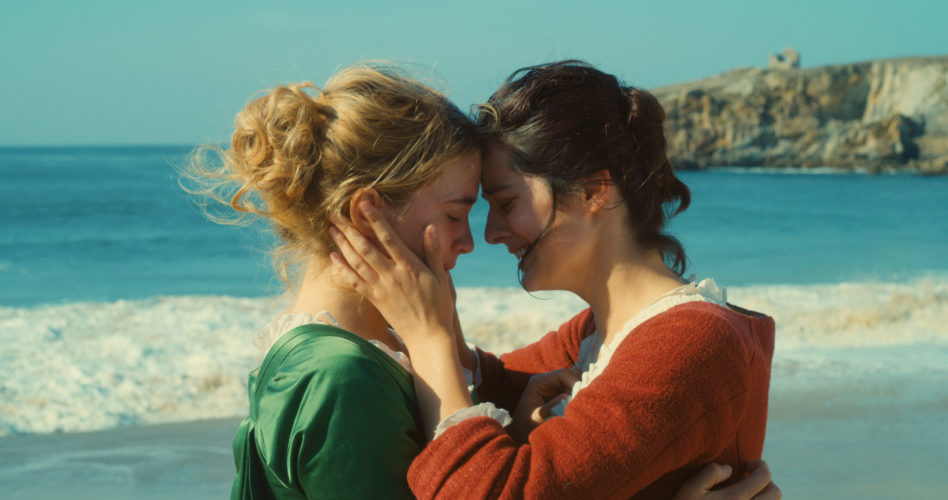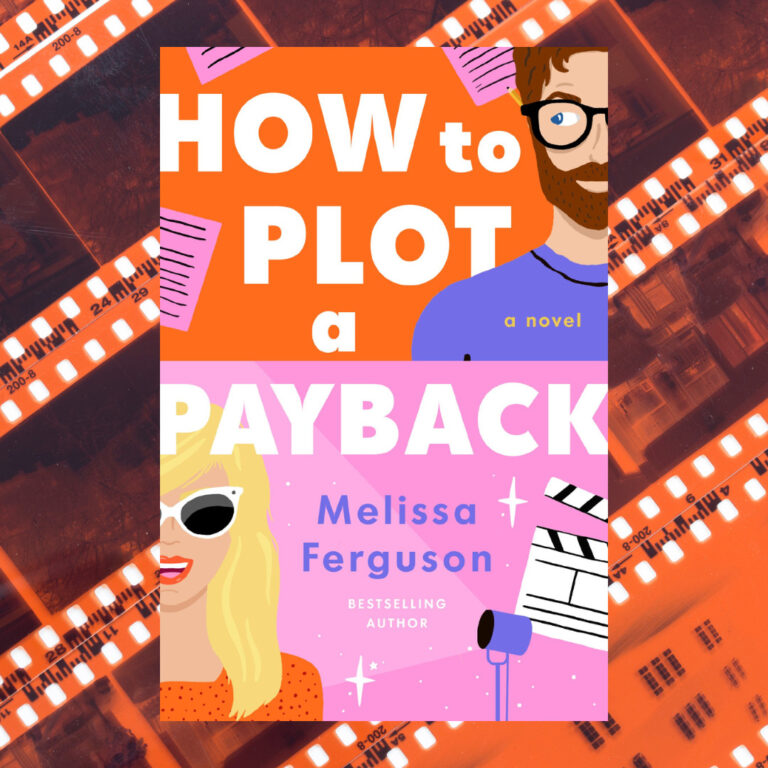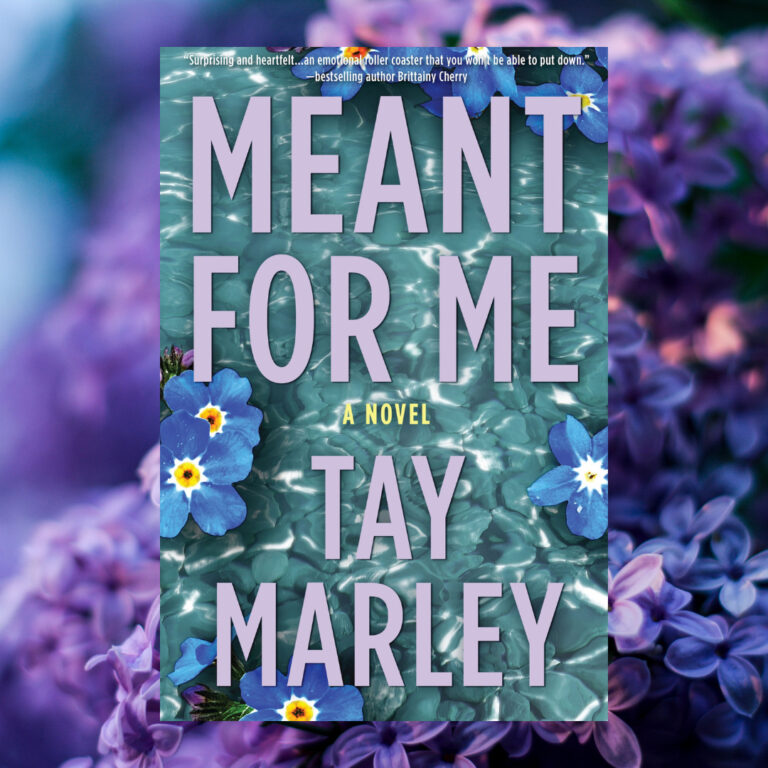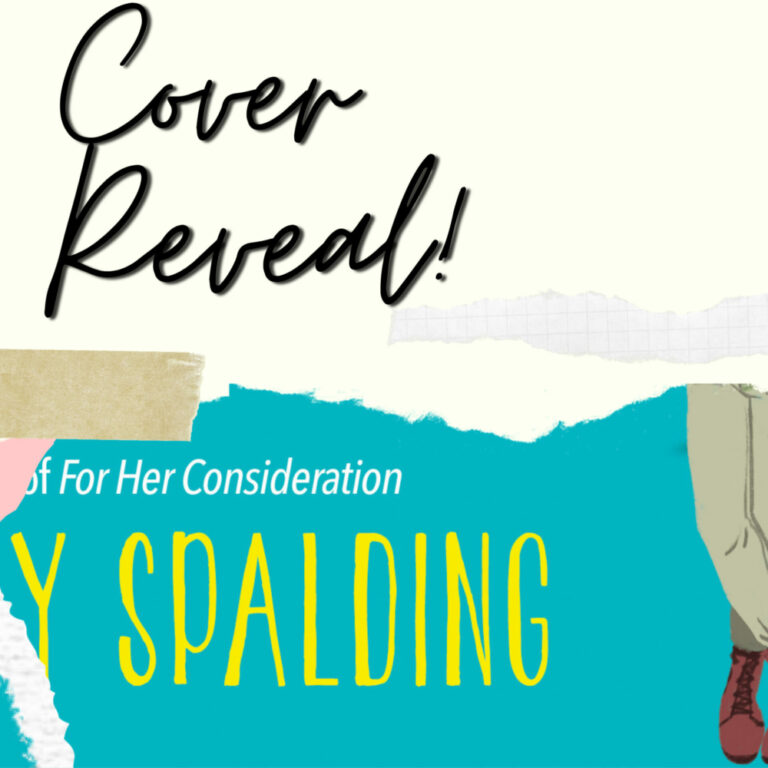“I just, I just feel that women, they have minds and souls as well as just hearts. And they’ve got ambition, and they’ve got talent as well as just beauty. And I’m so sick of saying that love is just all a woman is fit for. I’m so sick of it. But I’m so lonely.” –Jo March, Little Women (2019)
The above quote is practically the thesis of Greta Gerwig’s adaptation of the Louisa May Alcott classic, Little Women. Jo’s sickness over her desire to portray women on her own terms does put her on a lonely road. As 21st Century viewers, we are lucky that movies, books, art and music about women’s experiences may make the road less lonely.
Gerwig’s Little Women alongside Cèline Sciamma’s French-language film Portrait of a Lady on Fire provide viewers the opportunity to bask in the brilliance of women’s minds, souls, talents, ambitions and hearts. Both of these films opened my mind and heart about what it’s really like to be a woman making art. Amazingly, they also both feature scenes of women whose dresses catch on fire! Though the two are set in historical time periods, the themes of dismantling the male gaze and taking ownership of one’s artistic image manage to resonate today.
Both Movies Pass The Bechdel Test Many Times Over
As a reminder, The Bechdel Test is a metric to help viewers consider women’s representation (or lack thereof) in film. It asks us to consider whether movies have two named women who speak to each other about anything other than a man!
For anyone who is unfamiliar with the famous story, Little Women is about the lives of the March sisters, Meg, Jo, Beth and Amy, during the Civil War Era. The stories of everyday slices of the sisters’ lives provide ideas about their Quaker morality and the desires of each of the girls. As a cipher for both the author and the intended audience, Jo March is usually seen as the most compelling of the sisters. However, Gerwig’s interpretation provides a great deal of emotional nuance for Meg, Beth, and even the typically villainous Amy. Though there are also several men in the movie, there are numerous scenes of the sisters and their beloved mother talking about their own interests.
Portrait of a Lady on Fire is a much quieter film, telling the story of the artist Marienne, who must surreptitiously paint a portrait of another young woman, Hèloise. The resulting portrait is meant to be sent to Hèloise’s intended husband in Milan. If he likes what he sees, then the two will become properly engaged, even though they’ve never met. Complications ensue, especially when the women recognize and act on their mutual attraction for each other. Every moment is composed like a beautiful painting that’s imbued with meaning about the nature of women as the subjects and creators of art. One significant side plot in the film involving the house servant, Sophie, could very easily involve a man. However, that man’s absence seems like an intentional choice by Sciamma to keep the focus on women and their stories.
The Bechdel Test can’t tell us whether a movie is good or even feminist…but the fact that both movies pass the test many times over is certainly promising.
Women’s Art Is Valid, Even If It’s Not Famous
Both Portrait of a Lady on Fire and Little Women portray a truth that women’s art, historically, has been born in a domestic setting. However, both films also treat art created at home as valid, even important.
Though Portrait of a Lady on Fire is mostly about painting a gorgeous portrait, there’s a subtle nod toward the fact that this isn’t the only art women are capable of. Incrementally, viewers are treated with sequences of Sophie completing a sampler based on a vase of wildflowers in the kitchen. She studies the flowers as precisely as Marienne studies her portrait subject. Viewers are then allowed to draw the conclusion that Sophie’s domestic art is just as important as Marienne’s marriage-securing portrait. It’s a statement that actually reminded me of many of the points made in Olivia Waite’s excellent novel, The Lady’s Guide to Celestial Mechanics.
Similarly, Jo’s search for publication is a major aspect of Little Women…but before her work is published, she spends her childhood writing plays to be performed in the home with her sisters. These early creative endeavors are portrayed through a lens of love and happiness. The creativity of the March sisters within the walls of their home is something to be valued and celebrated.
Each of these films demonstrates a beautiful truth—that just because a woman’s artistic work isn’t hung on a gallery wall or portrayed on a grand stage, that doesn’t make it any less meaningful.
Men May Have Made Rules About Art, That Doesn’t Mean We Need To Follow Them
Without giving away too much, I will say that one of Gerwig’s great strengths in her Little Women adaptation is the way she plays with the flow of the story. Intermittently, we see sessions of Jo pitching her fictionalized autobiographical work to a male editor.
This editor is convinced that he knows what’s best, what will sell, and what readers should respond to. Jo has her own ideas, though… The movie sort of chooses to have its cake and eat it, too in regards to happy endings. That said, it’s encouraging to see Jo pushing back against her editor as she embraces her own voice.
Similarly, things go wrong when Marienne’s first portrait of Hèloise is devoid of life, accuracy, and passion. Though this partially has to do with the sneaky nature of Marienne’s painting process and the guilt she feels, she also makes reference to the fact that there are artistic rules she was meant to follow. It’s not hard to read between the lines—her first portrait was tainted by masculine artistic principles and the expected gaze of male viewer! The final portrait and Marienne’s other casual works of art are far superior and more heartfelt thanks to her own instincts and a pivot to the feminine gaze. Her art is more truthful because of her feminine perspective, not in spite of it.
Both of these movies are amazing in their own ways, and I heartily recommend them as a double-feature to foster appreciation of women’s art. It’s such a delight to have multiple representations from the past to the present that demonstrate the power of women’s minds, souls, and talents.












